Tanks for producing fish preparations, such as garum, known as cetarias, as well as a villa site, both located in the ancient Roman city of Balsa, near Tavira, were excavated during the campaign that took place in July and ended on Friday, the 15th.
This year's campaign focused on land from the old Quinta das Antas, in a peripheral area of that ancient Roman city.
As in previous years, the work had a geophysical detection and excavation component.
According to a note from the Municipality of Tavira, "a geomagnetometer and a tomograph were used by the Unidad de Geodetección team at the University of Cádiz, with the aim of crossing the readings collected from the subsoil by these devices with the data obtained by georadar, in previous years ».
Based on these data, excavations were carried out along the Ria Formosa, in order to «find out details about an important and extensive complex dedicated to the processing of fish preparations, allowing us to discover some tanks where fish sauces and pastes were produced».
At the moment, the note adds, the data indicate that these factories, or part of them, operated in the XNUMXst and XNUMXnd centuries AD, being controlled by a large and wealthy house (villa) which was located on a higher platform a little over 100 meters away.
According to archaeologists, everything indicates that, after the abandonment of this villa, still in the XNUMXnd century, at least part of the factories would have continued to function until the XNUMXth or even XNUMXth centuries, according to ceramics from that time found under the collapse of a roof that filled one of the excavated tanks.
A room with a mosaic floor was excavated from this large and rich house.
The archeologists also reveal that, centuries after the house was abandoned and, apparently, when the remains of the house were already buried and could not be seen, a structured tomb with large stones was implanted, covered by mortar tiles, which forced the one of the walls and part of the mosaic floor.
This tomb has some typical characteristics of the first Christian graves that are known in the region from the XNUMXth century onwards.
At this time, the essential objectives of the project, which aimed to determine, on a scientific basis, the urban perimeter of the Roman city of Balsa and the degree of preservation of its ruins, were, «globally, achieved».
The Câmara de Tavira also emphasizes that «the advancement of knowledge was only possible thanks to the support of some landowners, where the work took place, as well as the collaboration of partner entities and students from the Universities of Algarve and Lisbon who participated in these investigations. ».
The archaeological excavation campaign is part of the project «Ferry, Searching the Origins of Algarve», funded by CRESC Algarve 2020, and coordinated by the University of Algarve, in partnership with the Centro Ciência Viva de Tavira, the Municipality of Tavira and the Regional Directorate of Culture of the Algarve.
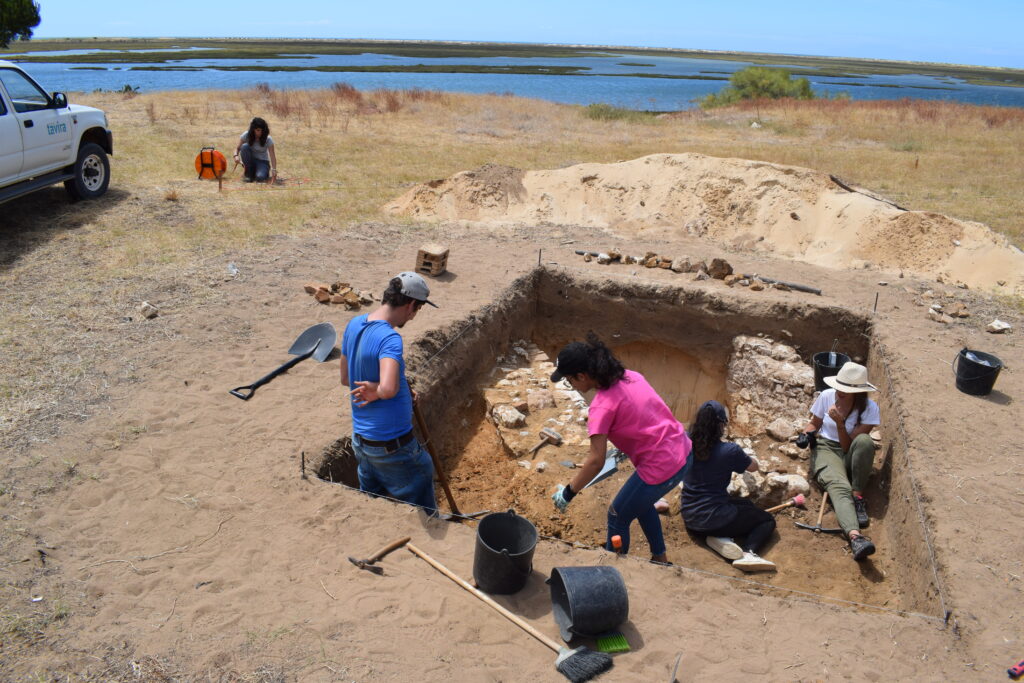
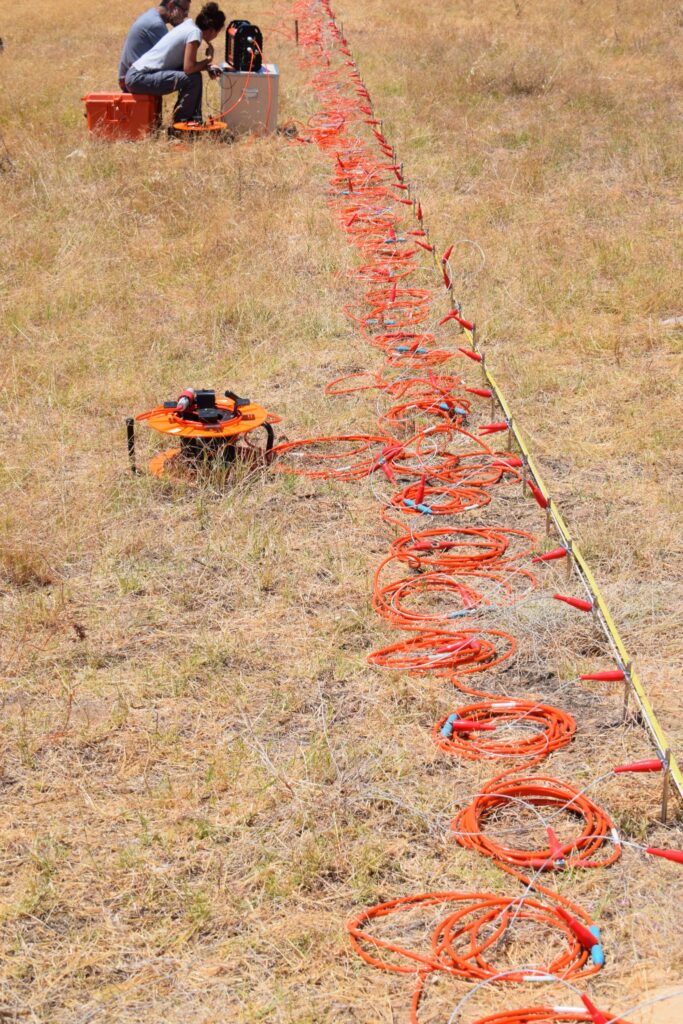
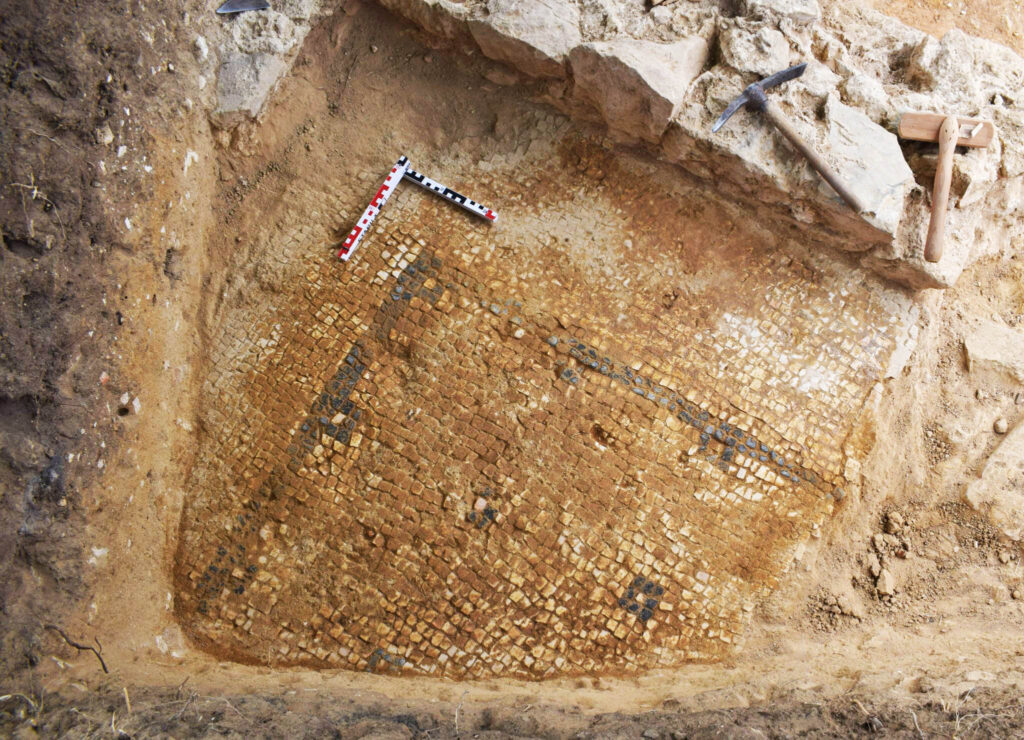
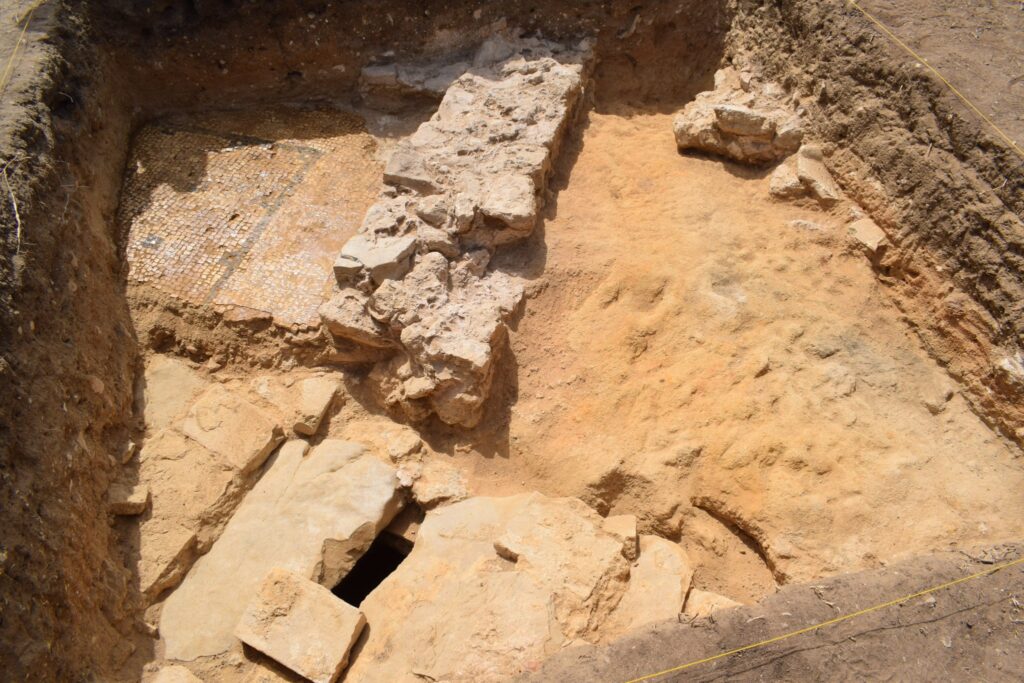
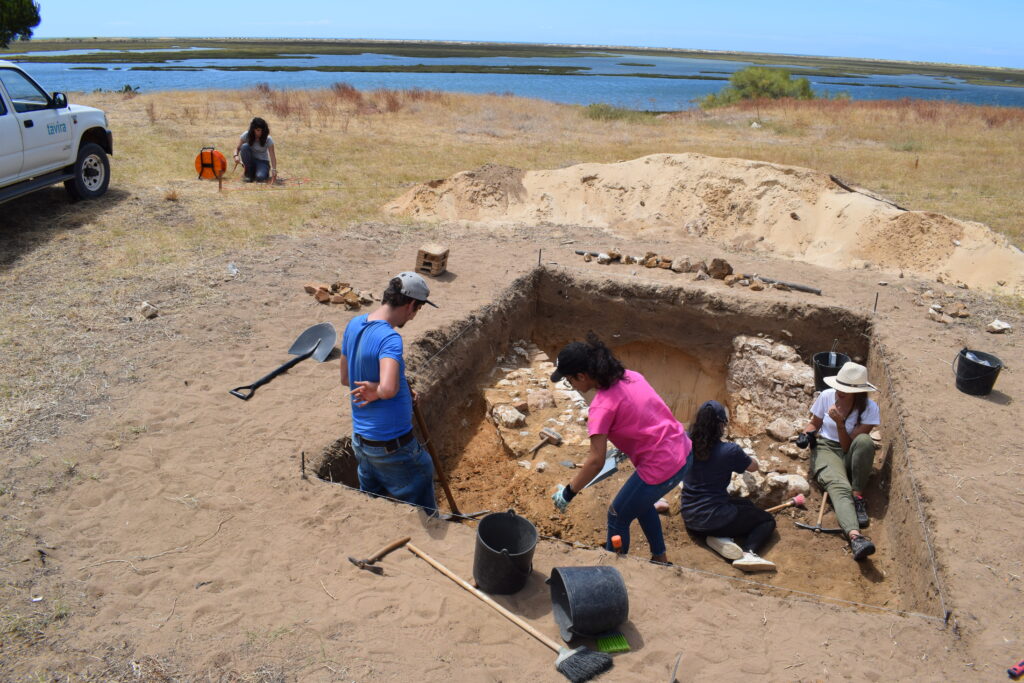


















Comments